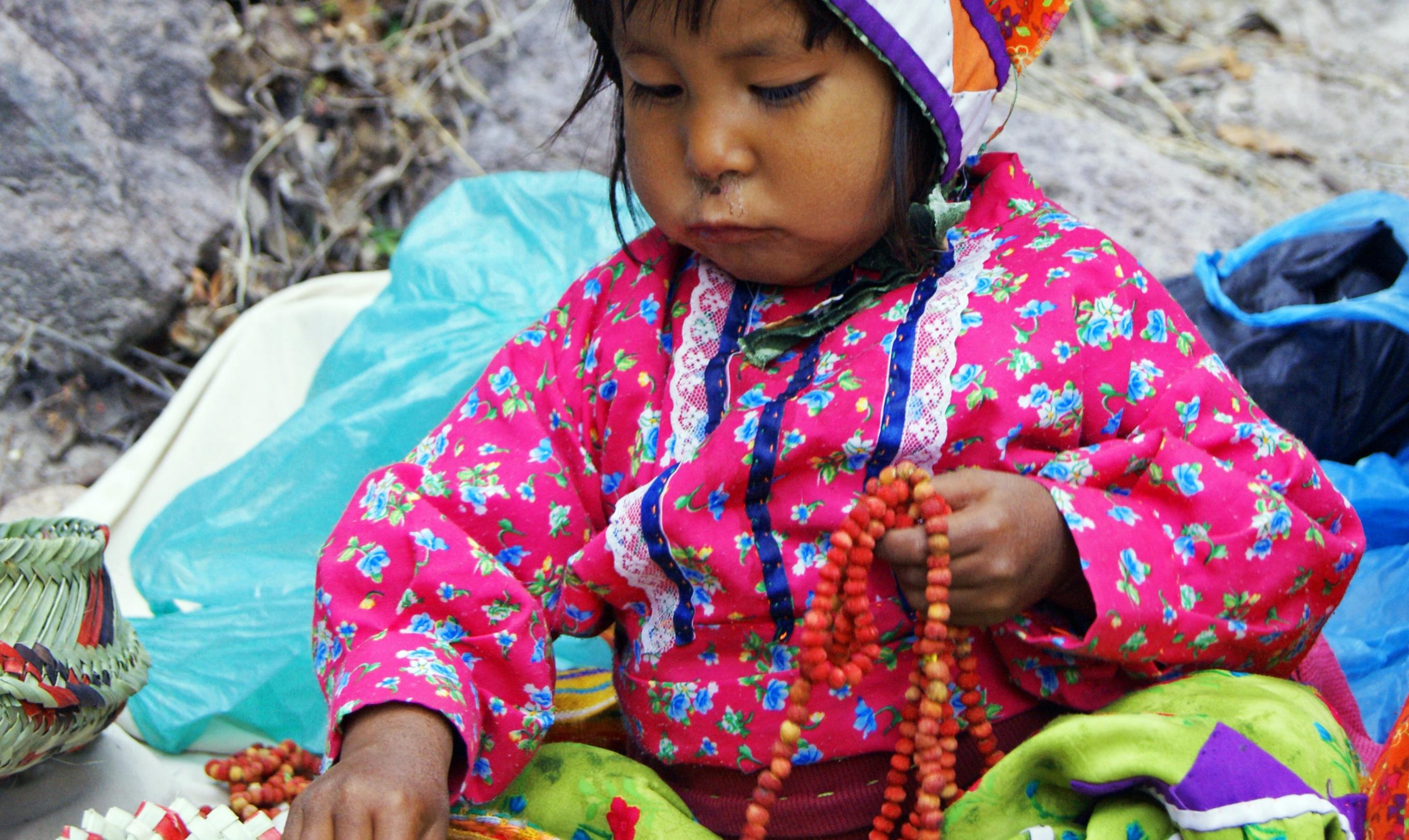The 2020 health crisis generated by the coronavirus pandemic has highlighted the importance of the collective struggle when facing major crises, a strategy that is also imperative in regards to climate change. Organizations, academic and scientific institutions, companies, and governments around the world have redesigned their strategies around a key concept that will shape the future of the planet and the decades to come: sustainability. In this glossary we analyze some of the essential concepts for understanding the trajectory and magnitude of the term sustainability.
Sustainability: the 21st Century´s Keyword
In 1987, the United Nations Brundtland Report warned us for the first time about the negative repercussions economic development and globalization could have on the environment, which arose due to post industrialization´s economic model of consolidated growth, as well as the progressive increase in the planet’s population. The solution for this environmental and economic imbalance was defined as sustainability: the achievement of economic development that focuses on meeting the needs of the present without compromising the needs of future generations in regards to the Earth’s natural resources. Thus, this concept can be understood from several dimensions, but always with the perspective that the environment is not an inexhaustible source of resources, so it must be protected and its exploitation rationalized. This social dimension implies that in order to achieve sustainable development there must be cohesion between cultures and communities, for which quality health care and education are essential to achieving a decent and satisfactory standard of living. To achieve this objective, economic growth must be able to generate equitable wealth without damaging the environment.
Global warming
This is the word that is at the origin of current sustainability strategies. This term, which was used for the first time in an article in the journal Science in 1975, defines the phenomenon for which global average temperatures would have increased as a result of human activity since the Industrial Revolution due to an increase in greenhouse gases in the atmosphere, which retains a portion of the sun’s energy and releases another part into outer space. Although this mechanism is natural and has allowed life on Earth as we know it (if it did not exist, the average temperatures of the planet would be much lower), the gases emitted by human activity have caused a greater retention of heat and climate imbalance.

According to the IPCC (Intergovernmental Panel on Climate Change),if this progressive increase in temperature exceeds 1.5 degrees at the end of the century, the planet could be in serious trouble. Extreme phenomena such as floods, heat waves and an increase in forest fires and droughts would be more frequent, according to the European Commission.
Climate neutrality
According to the European Parliament, climate neutrality or carbon neutrality means “having a balance between emitting carbon and absorbing carbon from the atmosphere,” achieving net zero emissions. The goal is to stop the increase in global temperatures due to greenhouse gases. The 2015 Paris Agreement mentions the imperative need to achieve climate neutrality in this century. Energy efficiency, renewable energies, cleaner transport and mobility, and a greater penetration of a circular economy are some of the steps towards achieving climate neutrality, in addition to biomass fueled power generation technologies coupled with carbon capture and storage (CCS).
SDGs (Sustainable Development Goals)
The United Nations 2030 Agenda for Sustainable Development, an agreement signed on September 25, 2015 by 193 countries, establishes 17 goals to achieve a more just and sustainable planet. Climate action, the achievement of zero hunger, the eradication of poverty, gender equality or quality education for all, are some of the essential points of this journey towards a more just planet that guarantees the survival of the human species and all other living beings on the planet. Although the coronavirus pandemic has deviated the world from some of its goals, we must now comply with the established plan before 2030 in order to minimize the effects of climate change.
Biodiversity
According to the International Convention on Biological Diversity, biodiversity includes the variety of living beings that inhabit the Earth and the natural patterns for which they are interrelated after millions of years of natural evolution and as a consequence of human activity´s influence. Biodiversity also includes the different ecosystems on Earth (oceans, deserts, tundra, forests …) and all the genetic varieties of each species that inhabits our planet, including microbes. To classify the innumerable variety of living organisms on Earth, biomes or large ecosystems are used, which are areas defined in ecological terms in which similar climatic conditions, communities of plants, animals, and organisms occur. Climate change is one of the main factors driving the loss of the world’s biodiversity, along with the habitat destruction , overexploitation, pollution, and invasive alien species.
Inclusive growth

Inclusive growth is an important economic facet on the path to sustainability. This concept defines an economic development model that goes beyond economic growth in order to focus on equal opportunities and the fundamental aspects of achieving it through health equity, social protection, food security, and environmental quality. According to the UNDP (United Nations Development Program), the main objective would be to achieve inclusive economic growth, allowing people to contribute to generating wealth and benefiting from it with minimal impact on the environment. The roadmap for achieving a more inclusive economic growth system includes: job creation, guaranteeing decent work and redistribution programs to address poverty, inequality and social exclusion, in addition to the mobilization of financing for more sustainable activities.
Comments on this publication